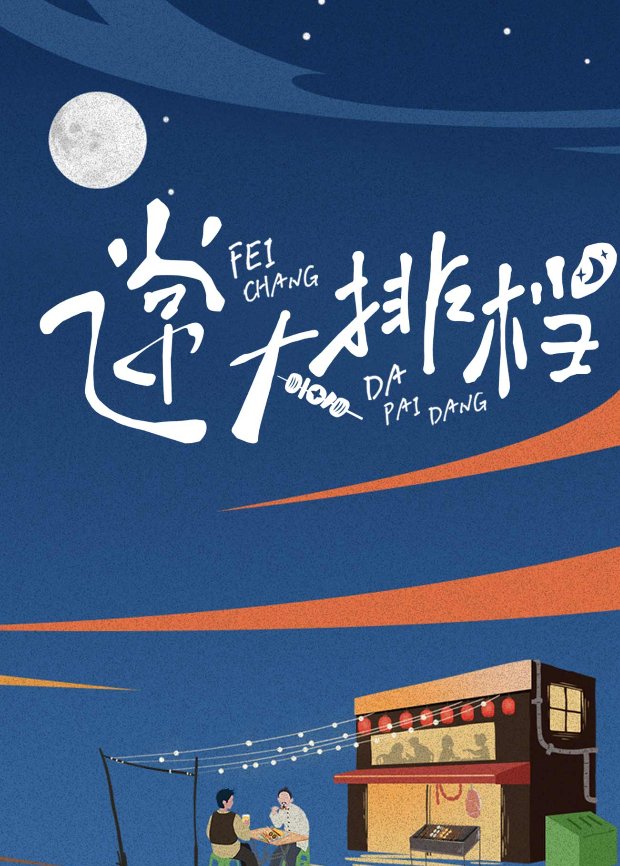 陈乐洋
陈乐洋
发表于6分钟前回复 :转自:http://www.filmlinc.com/nyff/2010/views-from-the-avant-garde-friday-october-1/views-from-the-avant-garde-jean-marie-straub“The end of paradise on earth.”—Jean-Marie StraubThe 33rd verse and last chant of “paradise” in Dante’s Divine Comedy. The film starts with verse 67, “O somma luce…” and continues to the end. “O Somma luce” recalls the first words uttered by Empedocles in Danièle Huillet and Jean-Marie Straub’s 1987 The Death of Empedocles—“O himmlisch Licht!…” (O heavenly light!). This extract from Hölderlin’s text is also inserted into their 1989 film Cézanne.“O somma luce” invokes utopia, or better still “u-topos,” Dante, Holderlin, Cézanne… the camera movement, recalling Sisyphus, in the film’s long shots, suggests its difficulty.In O somma luce, with Giorgio Passerone’s Dante and the verse that concluded the Divine Comedy, we find at the extremity of its possibilities, the almost happy speech of a man who has just left earthly paradise, who tries to fully realize the potential of his nature. Between the two we find the story of the world. The first Jean-Marie Straub film shot in HD.So singular are the textual working methods of Straub-Huillet, and now Straub on his own, that it is hard to grasp how far reaching they are. Direction is a matter of words and speech, not emotions and action. Nothing happens at the edges, everything is at the core and shines from there alone.During the rehearsals we sense a slow process by which ingredients (a text, actors, an intuition) progress towards cohesiveness. It is, forgive the comparison, like the kneading of dough. It is the assembling and working of something until it becomes something else… and, in this case, starts to shine. Actually it’s very simple, it’s just a question of opening up to the light material that has been sealed up. Here, the process of kneading is to bring to life and then reveal. The material that is worked on is speech. So it is speech that becomes visible—nothing else. “Logos” comes to the cinema.The mise en scène of what words exactly?The process of revealing, “phainestai”; “phainomenon,” the phenomenon, is what take splace, what becomes visible to the eye.Is “Straubie” Greece?This mise en scène of speech, which goes beyond a close reading of the chosen text, is truly comes from a distant source.—Barbara Ulrich
 张继
张继
发表于6分钟前回复 :燕赤霞隐退江湖不久,黑山怪物躁动影响周边,昆仑派高手甚至都无法应付。燕赤霞信任的村中信使告知亡魂花的出现,村子周边出现的异样,并请求燕赤霞帮助,燕赤霞没有听从小怪物的劝诫,决定出山调查。原来,亡魂花是可以进入地狱之门的神奇马驹黄泉白马喜爱之物,燕赤霞认为此事非同小可,在拒绝了有好感的蝴蝶小怪的善意建议后,燕赤霞开始了调查之路。在调查的过程中,燕赤霞卷入宫廷阴谋,在处理完事情后,看着昔日兄弟为了保护太子而跟随大家以前痛恨的阉党,燕赤霞更加迷茫。回到兰若寺后,村民们已经等候燕赤霞多时,在拿出信使尸体后,燕赤霞坚定了帮助大家解决根源问题的决心。燕赤霞根据村民提供的线索,来到最可疑的事发地莲花村,在莲花村结识了法力高强的神秘小和尚无尘,并在无尘的帮助下,击杀了危害乡里的大眼怪物。解决莲花村问题以后,燕赤霞与无尘分道扬镳,无尘在路上解决了攻陷太子驻地的花楼的蜘蛛怪物,而燕赤霞则根据线索进入黑山救到了被困的昆仑派高手。最终敌人黑血老怪出现后,燕赤霞在众人的帮助下,几经波折,最后艰难的合力击杀了这次危害乡里的祸患。事情告一段落,但危机并没有解除,黑山的另一波恶势力并未消失,而无尘来到兰若寺后发现地狱之门原来就在兰若寺的正下方!





